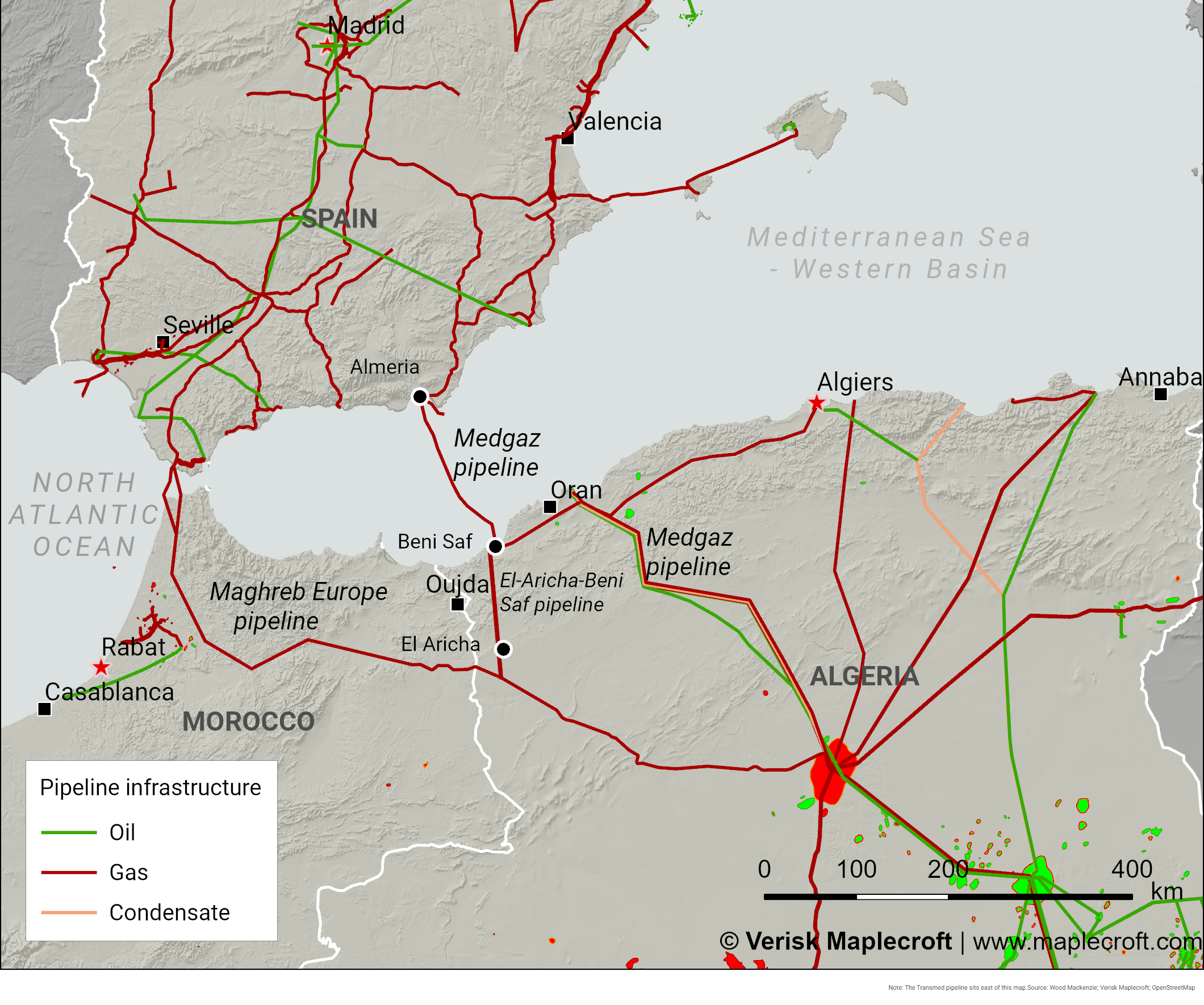Geospatial ESG investing
Learn more
ESG under scrutiny
From Elon Musk to Stuart Kirk (now ex-HSBC), a backlash against ESG is underway.
Aside from the fact that Western corporates, banks and investors were left squirming over Russia’s war on Ukraine, much of this relates to the ‘alphabet soup’ of disclosure requirements and reporting standards (TCFD, GRI, SASB, CDSB, SFDR etc.), and the ‘black box’ of ESG ratings themselves.
The harmonisation and standardisation of disclosure requirements and reporting standards is happening, most notably via the International Sustainability Standards Board (ISSB), set up in 2021 to get to a universal accounting framework for climate/ESG disclosures. And equally notably, the EU, the UK and the SEC appear to be moving towards some sort of regulation of the ESG ratings providers – to ensure clarity and transparency.
In a 2021 White Paper, we looked at the challenges around the very philosophy of ESG, the market tensions, the shallow vs rich data dilemma and the inconsistent assessments – all of which resulted in an inefficient (and arguably ineffective) data market, to the immense frustration of both companies and investors.
Have things improved since then? The short answer is yes.
With tangible progress being made towards universal reporting frameworks and standards, this should result in some coalescence around ESG themes and indicators - and in time should help rationalise the reporting burden on companies.
At the same time, this ‘standardisation’ of data should not be at the expense of corporates (or sovereigns) telling their own story and providing contextualised, analytical insight into their specific ESG risks and impacts.
This will require more granularity, and ESG investors are increasingly keen on accessing operation – or site-level information. To this end, specialist investors and finance providers are getting increasingly forensic in their analysis of specific operations – including through direct engagement.
This will also help corporates better ‘tell their story’, and frame their performance in a clearer, more consistent way - and more directly connected to their bottom line.
Much can already be done in terms of highly localised, asset-level data disclosure. Some reporting frameworks already integrate sub-corporate requirements, including the GRI and the TCFD. To this can be added evolving performance-reporting metrics in critical transition sectors such as mining, for example.
Given this direction of travel, there is no technical reason why more granular ESG data shouldn’t, over time, become the norm in terms of data supply (i.e. reporting) and data demand (i.e. assessment).
For over a decade, we have been integrating highly granular geospatial data into environmental, social and governance analysis. Our geospatial ESG solutions have helped investors of all types incorporate ESG, climate, natural capital and political risk factors into investment strategies across multiple asset classes.
Now, geospatial ESG is moving into the mainstream.
According to global market intelligence firm IDC, the amount of data created, captured, copied and consumed in the world will rise from 33 zettabytes in 2018 to 175 zettabytes by 2025.
In this context, unstructured ESG data (whatever its source, and whether focused on companies or the environments in which they operate) represents a potentially lucrative resource for ESG investors ‘seeking alpha’.
Artificial intelligence, natural language processing and data analytics have the potential to offer investors additional, dynamic site-level impact and risk insight – and competitive advantage. Leaders in the ESG data market - including us - are already using and investing in this technology.
Married with non-traditional, unstructured and localised data sources such as remote sensors, the internet of things, drones, satellite imagery, sms and mobile technology and social media, this data technology could deliver truly powerful levels of localised ESG risk insight – dynamic, granular and forward-looking.
As our whitepaper concluded, some will look on this with excitement, some with trepidation. But, with regulators such as the EU and the SEC looking to ‘bake in’ sustainability reporting, it has an air of inevitability about it – no matter what the acronym.
Eileen Gavin
Principal Analyst, Global Markets & Americas
ESG+ Matters notification
SubscribeChart of the week
Quote of the week
What I have said, and we maintain, is that the relationship with China will remain a difficult one. I said that before the election. That has not changed. It is China that has changed, not Australia. And Australia should always stand up for our values.
Anthony Albanese
Australia’s newly elected PM Anthony Albanese, 23 May 2022
What we’re reading
- Asset managers tight-lipped on reproductive rights proposals, Responsible Investor, 20 May 2022
- Apocalypse now? The alarming effects of the global food crisis, The Guardian, 21 May 2022
- A fight over Taiwan could go nuclear, Foreign Affairs, 20 May 2022
- Foreign investors are fleeing China, The Economist, 22 May 2022
- Can Elon Musk save ESG?, Greenbiz, 23 May 2022
- China triples solar investments as clean energy push accelerates, Bloomberg Green, 23 May 2022
- SEC prepares to crack down on misleading ESG investment claims, FT, 24 May 2022
